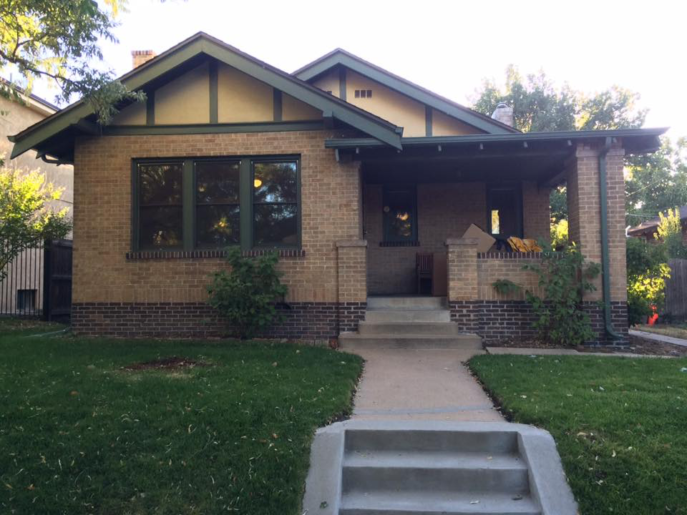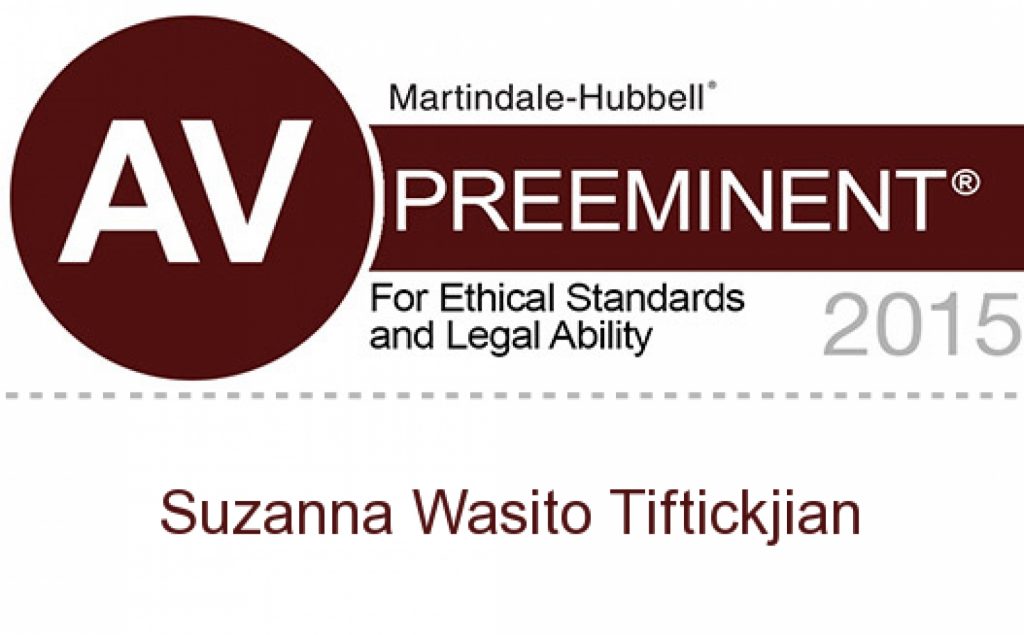Background. After portability became effective on January 1, 2011, the deceased spouse’s unused exclusion (“DSUE”) could be “ported” to the surviving spouse for use in making gifts and sheltering his own estate. The 2017 exclusion is $5.49M, meaning a married couple can shield $10.98M from federal estate and gift taxes. This can be done by creating two roughly equal trusts holding $5.49 million in assets, or by using portability.
To elect portability at the first death, the personal representative (“PR”) of the decedent (who is not necessarily always the surviving spouse, especially in second marriages) must file federal estate tax return Form 706 electing portability on the return. Form 706 is due 9 months after death and an automatic 6-month extension is available.
The IRS previously provided a simplified method for obtaining an extension of time to make a portability election via Rev. Proc. 2014-7, however, this extension expired December 31, 2104. https://estateplanninglawyerdenver.com/2014/06/10/irs-extends-estate-tax-portability-election-deadline-what-is-estate-tax-portability-and-how-can-it-help-me/ Since this expired, the IRS has continued to receive requests to grant an extension of time to elect portability.
Rev. Proc. 2017-34 provides a second bite at the apple – a continued simplified procedure for obtaining an extension of time to make a portability election – one that does not require a private letter ruling request (“PLR”) or a filing fee. (Once this simplified procedure expires, filing a late portability return will again require a $10,000 filing fee, as well as attorney fees for preparation of the PLR request.)
What is the Deadline?
This simplified method for obtaining an extension to elect portability is available until the later of January 2, 2018 or the second anniversary of decedent’s death.
Who Might Benefit from Filing a Portability 706?
Generally speaking, where the surviving spouse projects that her estate may exceed her own individual estate tax exemption ($5.49M for 2017), she should consider electing portability so that she does not waste the use of spouse one’s DSUE.
Estates of decedents with a date of death in the first years after the enactment of the portability election provisions, where the personal representative did not know about the need to file a return to elect portability, or who did not discover the failure to elect portability, until many years later, often after the death of the surviving spouse, might benefit from seeking this automatic extension.
Does Rev. Proc. 2017-34 Simultaneously Extend the Time for Surviving Spouse’s Estate to Claim an Estate Tax Refund? No.
Suppose the estate of spouse 1 (“S1”) did not elect portability. Spouse 2 (“S2”) dies in 2017 and his estate exceeds the individual estate tax exemption of $5.94M. S2’s estate files an estate tax return and pays 50% estate taxes on the amount that exceeds his individual exemption. In hindsight, the estate of S1 should have elected portability and the estate of S2 requests an extension under this procedure. The estate of S2 must still file its claim for refund of the overpayment within 3 years from the time the return was filed or 2 years from the time the tax was paid, whichever of such periods expires the later. I.R.C. § 6511(a).
Please contact our Denver estate planning attorneys if you would like tax guidance regarding the administration of a loved one’s estate.





